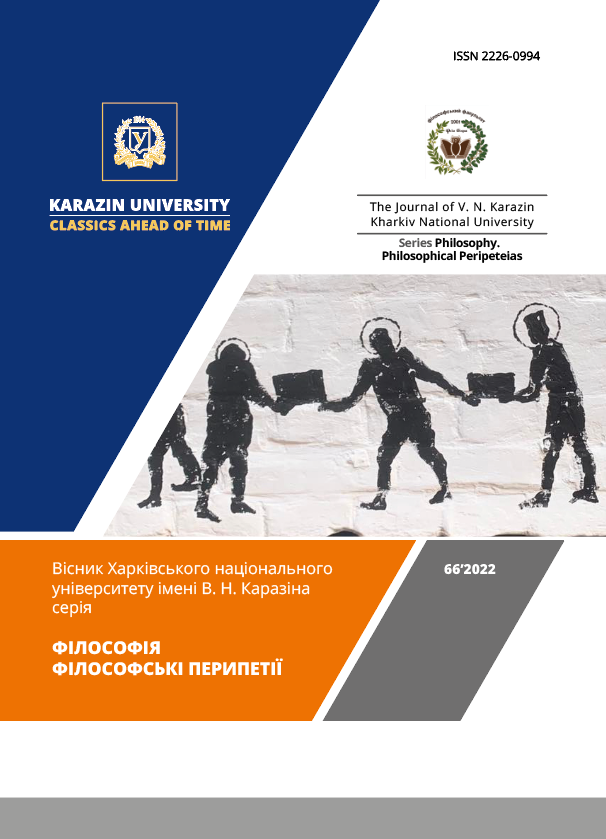REX IUDÆORUM: FROM THORNBUSH TO THE CROWN OF THORNS
Abstract
The aim of this study is to trace the development of the messianic thought from its pre-monarchic roots (Pre-Temple) to the monarchic period (First Temple), to the post-exilic period (Second Temple), and to the post-Second Temple period. I hypothesise that the first identification of the messiah (the anointed) with the military leader was an intellectual and religious endorsement of the “original sin” of kingship described in the allegory of the trees (Judges 9:8-15). However, the Babylonian exile catalysed the process by which Jews learned to abstract their expectation of the messiah from the “pagan” worship of the extant commander-in-chief. I trace this gradual process of learning to its acme in the Qumran literature: where historical and extraterrestrial strains of messianic thought are reconciled. Then I follow Mack and Juel in arguing that Mark the Evangelist used the wisdom pattern (learned after the Babylonian exile) as the foundation on which to rethink the concept of kingship from scratch. Thus it was no longer kingship that “seemed” divine but wisdom that “seemed” royal. The significance of Jesus’s scandalous ministry could only be captured by the irony which Mark uses to narrate his Gospel: Jesus’s coronation as a king could only happen as mockery because his claim to kingship does not make the slightest sense. Hence the idea of messianism was liberated from the confusion with the powers-that-be by being identified with the powerless teacher whose life embodied the wisdom tale pattern at the heart of Israel’s history – Egyptian slavery and Exodus, trial and vindication, exile and homecoming, death and resurrection.
Downloads
References
Hegel, G.W.F. (1821). Outlines of the Philosophy of Right. Part 3: Ethical Life. § 151. (Oxford World's Classics). Published in 2008.
Juel, D. H. (1987). The Origin of Mark’s Christology. P. 449-460.
Louth, A. (1996). Maximus the Confessor. Routledge.
Mack, B. L. (1987). The Christ and Jewish Wisdom. P. 192-221.
Palka, J. (2022). Sorcery in Mesoamerica / edit. by Jeremy D. Coltman and John M. D. PohlLouisville: University Press of Colorado. American Anthropologist Volume 124, Is. 1.
Sapolsky, R. (2017). Behave. Human Biology at Our Best and Worst. Boulder Head Publishers. P. 47.
Talmon, S. (1987). The Concepts of Messiah and Messianism in Early Judaism. Princeton Symposium on Judaism and Christian Origins (Ist : 1987 : Princeton Theological Seminary). The Messiah : developments in earliest Judaism and Christianity / the First Princeton Symposium on Judaism and Christian Origins : James H. Charlesworth, editor . . . [et al.]. P. 79-115.
Williams, R. (2015). Theology and Meditation. Speech at the University of Bristol. My lecture notes. URL: https://soundcloud.app.goo.gl/XqP92fhXVpMzW22i9.
Williams, R. (2017). Plague as Metaphor. In J. Heeney & S. Friedemann (Eds.), Plagues (Darwin College Lectures, pp. 196-212). Cambridge: Cambridge University Press. doi:10.1017/9781108147910.011. Page 196.
Zournazi, M., Williams, R. (2021). Justice and Love. A Philosophical Dialogue. Bloomsbury. London.
Copyright (c) 2022 Деніс Бакіров

This work is licensed under a Creative Commons Attribution 4.0 International License.
Authors who publish with this journal agree to the following terms:
- Authors retain copyright and grant the journal right of first publication of this work under the terms of a license Creative Commons Attribution License 4.0 International (CC BY 4.0).
- Authors are able to enter into separate, additional contractual arrangements for the non-exclusive distribution of the journal's published version of the work (e.g., post it to an institutional repository or publish it in a book), with an acknowledgement of its initial publication in this journal.
- Authors are permitted and encouraged to post their work online (e.g., in institutional repositories or on their website) prior to and during the submission process, as it can lead to productive exchanges, as well as earlier and greater citation of published work.






3.gif)




